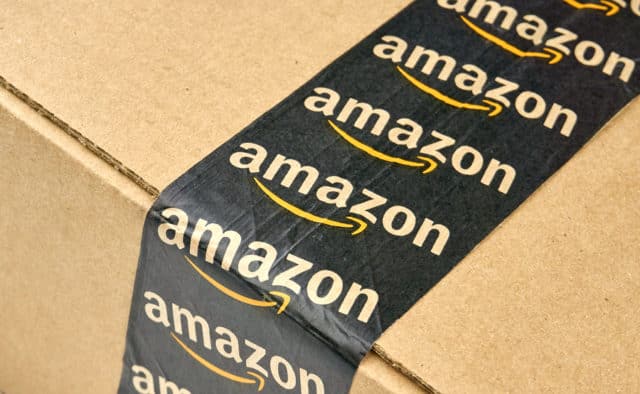Without spending on storefronts (and what it entails) and achieving a large volume of sales, Amazon can not only cut costs, but also the profit margin obtained for each unit sold. The large volume helps the firm keep it margins lower but continue to earn significant revenues and profits, while gaining market share.
Charles Evans, chairman of the Federal Reserve Bank of Chicago, has expressed concern about this as Central banks and economists still try to solve mystery between economic growth and inflation. In July of this year he commented that some companies are losing power to reduce prices due to the new business models and the technological developments.
“We know that technology is disruptive. It’s changing a number of business models that used to be very successful, and you have to wonder if certain economic actors can continue to maintain their price margins, or if they are under threat from additional competition,” he said. “And that could be an undercurrent for holding back inflation.”
Rick Rieder, CEO of BlackRock, explains that ” we’re in the midst of one of the greatest supply-side-driven cost revolutions of all time: the critical force being largely driven by technology’s influence on the economy.”
This phenomenon is not happening in the same way in the services, which are increasing prices. However, the goods that are produced are becoming better, more useful and unique, while their price is maintained or varies little.
This story began years ago when Amazon began selling a variety of books online. “That shift redistributed market share and eroded the pricing power of bestsellers, deflating the price of all books in the process.”
Over the years, Amazon has continued to grow and expanded its range of products for sale, reducing costs (no longer a physical store is needed with sellers) and pushing brands to sell their goods at a more competitive price on Amazon’s platform.
Another problem for central bankers is that this downward pressure on prices now extends to food. Amazon bought last June Whole Foods, and the first day the technology giant had total control over it launched a series of discounts on almost twenty products. A price war that can spread across the sector and cause a major drag on inflation.










